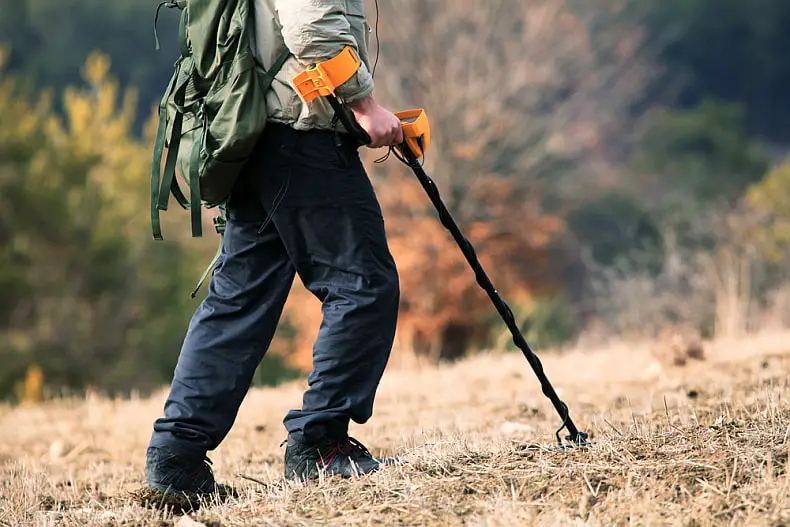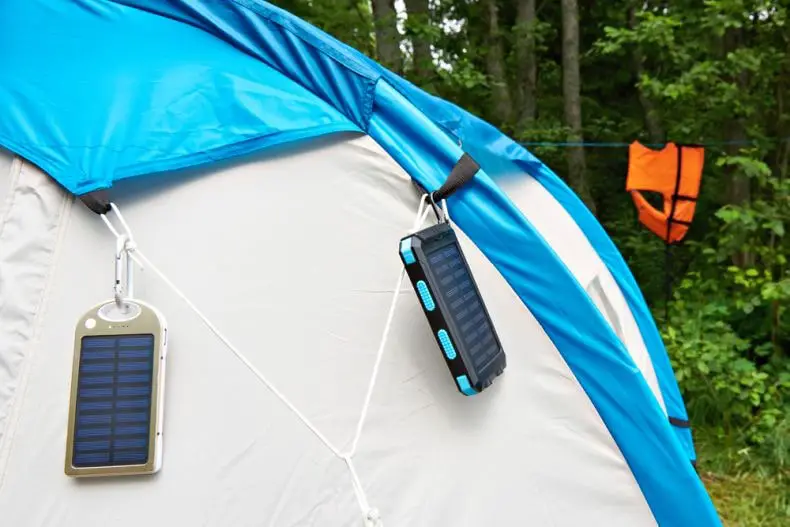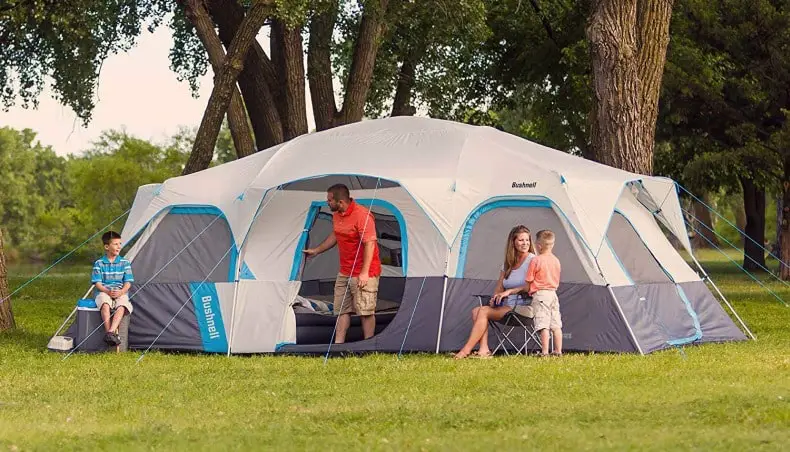Many people love to go hiking, so it only makes sense to do it around this time of year in many places across the world. It does not matter what time of year it is, you can go hiking at any point you feel led to do so. Yet when you do, hydration is incredibly important. So, it’s good to know how much water to bring when hiking or backpacking.
Generally, you should have enough for half a liter of water per hour for moderate activities. As an activity becomes longer or strenuous, then around one full liter should be consumed.
Even on a small day hike you’ll need to make sure to take enough water for proper hydration. Whether you use a water bottle or hydration pack is up to you, just as long as you take in enough water per hour.
It’s a bit difficult to give an exact number, however. Everyone is different, and health complications as well as weight could play a factor. Lack of normal exercise may make what is considered a low exercise into a much more difficult exercise.
Therefore, some might need more water than others.
There are many other important factors to consider too. That’s why I wanted to take a slight deep dive into the subject, to help you understand any specific needs you may have that you might not have considered yet. Let’s get started.
Table of Contents
Hydrating In High Temperatures
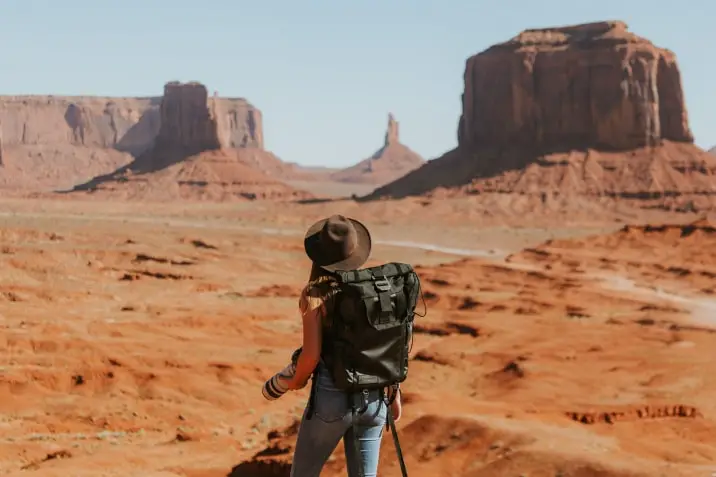
It does not really matter what time of year it is, a hiker should always carry at least one water bottle on their person. Of course, some might need to carry more and the travel itself could be very long, causing the need for more water.
However, the temperature can still play a role even on the most experienced hikers. Hiking when it’s around 75 degrees Fahrenheit outside can still be hard, but it’s nowhere near as hard as it is to hike in 100-degree weather.
The bright sun can just destroy the human body, and cause you to lose more water than you’d probably like. Keep in mind, this is just the temperature with no other factors. Due to the high heat, more water should be taken than you might generally take.
If you take one bottle of water on a 5-mile hike, for example, then take 2 bottles. The sun can really take energy away from people, and cause you to sweat. When we sweat, our body is losing water and that can further dehydrate us.
Humidity Plays A Factor

One factor not often considered by people is humidity. People get so wrapped up in temperature that they ignore likely the biggest danger people can face outdoors. Humidity is a clear killer, and it does not even matter how far you’re hiking either.
In the Southern section of the United States, for example, humidity can be a year-round issue for millions. This can be a factor even in the late Fall or Winter. However, it is much worse in the warmer times of the year, the Spring and Summer.
One can literally just walk to their mailbox and back inside, yet be covered in sweat. What is it about humidity that makes it such a huge danger to our bodies? High humidity can make the temperature outside “feel” even hotter.
Humidity itself is just the concentration of water vapor in the air. It might not sound like much, but this basically sticks to our bodies and takes the water we have out of us. It’s not like some vampire sucking blood from our body. Rather, it’s just water attaching to our body that just pulls more water with it.
This is dangerous because it then combines with the hot temperature or sun. Thus, making us lose water, dehydrating the human body faster than it was not present at all. Humidity can also cause problems breathing, making some work harder than normal to breathe. Thus causing more energy to be used up than normal, which also takes away hydration.
How To Fight Temperature & Humidity
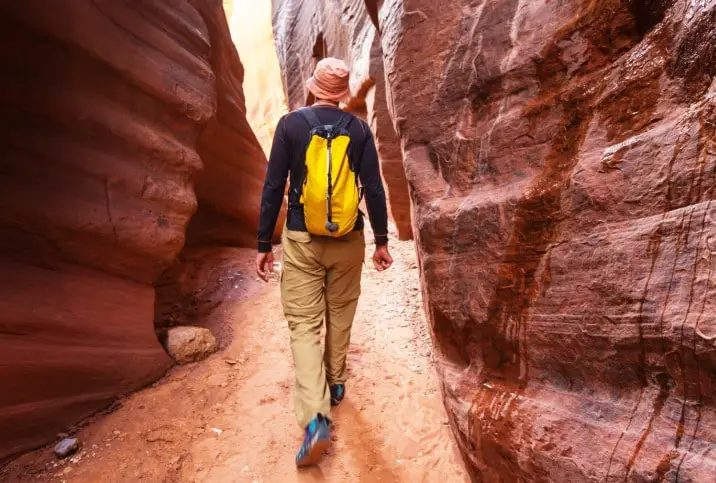
The best way to fight temperature and humidity, funny enough, is layers. People tend to like wearing short-sleeve shirts and shorts during hotter times of the year. It makes sense, as the warmer it is, the hotter we’ll be. Thus, dressing cooler is a smart idea.
Yet when you’re hiking, you’re involving yourself in an activity. Therefore, you’re going to be in the hot sun and likely dealing with humidity on top of it. The reason layers will work is that they can keep the water you’ll sweat out, well, inside.
Basically, when we sweat, water comes out of our bodies and might concentrate in certain sections or be all over. It depends on the person. Let’s say you get a lot of sweat on your arms for instance. If you sweat, then the water on your skin is going to simply evaporate due to the sun.
Meanwhile, with layers on you will still sweat but instead of losing that water, your clothing will catch it. The clothing acts as a barrier to that water, allowing the clothing to perhaps stick to you and keep giving the water back to your body.
Sure, you can still get dehydrated even with layers. However, it won’t be as quick as it would be without them. You’re keeping more than you’re losing, in other words. If you drink water on top of this it will certainly keep you hydrated the entire time.
Just so you’re aware, when we say layers, we do not mean to put on gloves, a jacket, and a hood or anything. Basically, we’re just saying to wear pants and a long-sleeve shirt instead. There are even sleeves that places like Under Armour sell, which do the same thing as long-sleeves. Except they have cooling technology in them to further assist you.
There Is Such A Thing As Too Much Water
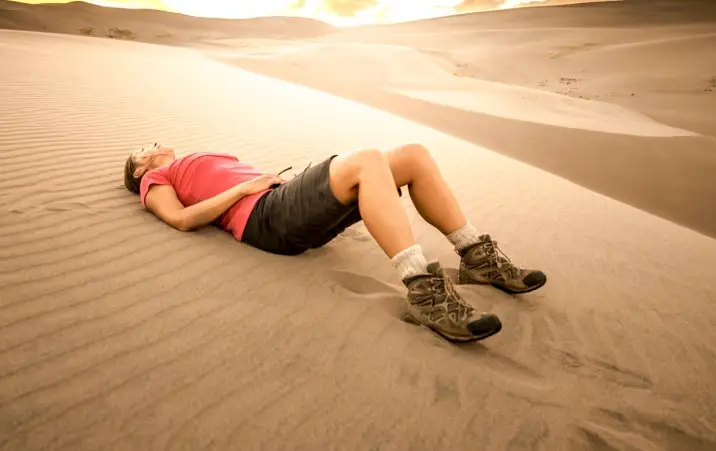
You should never feel bad if you feel you need more water, but sometimes the amount of water you drink can be a bit “too much.”
For example, you might often hear coaches or even your parents tell you that you should not drink too much. If you do, you’ll get a lot of water in your stomach and that can make you sluggish or tired. To be fair, this is not exactly true but it’s not far off.
What actually happens is that your body simply has a shock to the system. Where your sodium levels are altered, due to the appearance of more water than your kidneys can get rid of. Of course, low sodium numbers are no joke.
They can cause a person to have a headache, muscle weakness & spasms, nausea, as well as the obvious sluggishness and loss of energy. While having a bit too much water than you need will not send your body into the major symptom category, the energy level is the first thing you’ll notice altering.
Therefore, if you suddenly find yourself energetic and then too much water comes into play and now you’re tired…water is likely to blame. To get this back, you can eat salted nuts or simply have a sandwich using regular packaged lunch meat (both high in sodium).
Other Factors To Consider
The amount of water one needs is directly tied to that person. If they might need more than average, that is okay. If they typically need less than average, that is okay too. This is why we mentioned above that the “general rule” is a specific amount of water.
Generalizations mean exactly that…they are just the general sense and do not speak to exactness for all.
Factors like weight need to be considered, as well as how active a person happens to be on a regular occasion. These factors are important because they can determine your specific needs, which is totally cool.
On top of that, if you take medication that can make you thirsty…you might need more water while using that than you normally would use. Things like antibiotics and painkillers alone can cause someone to use up more water, so be sure to keep that in mind.




